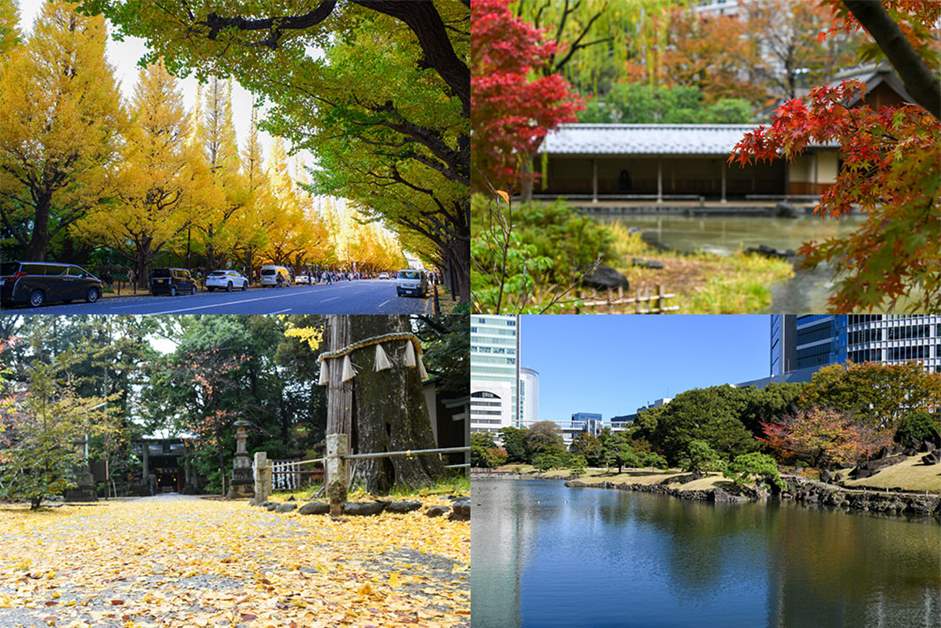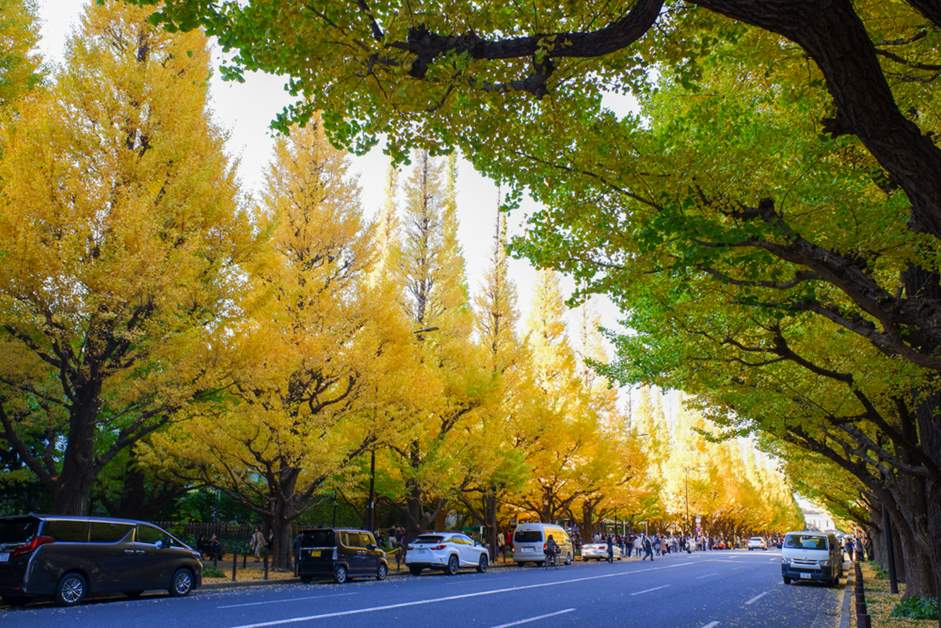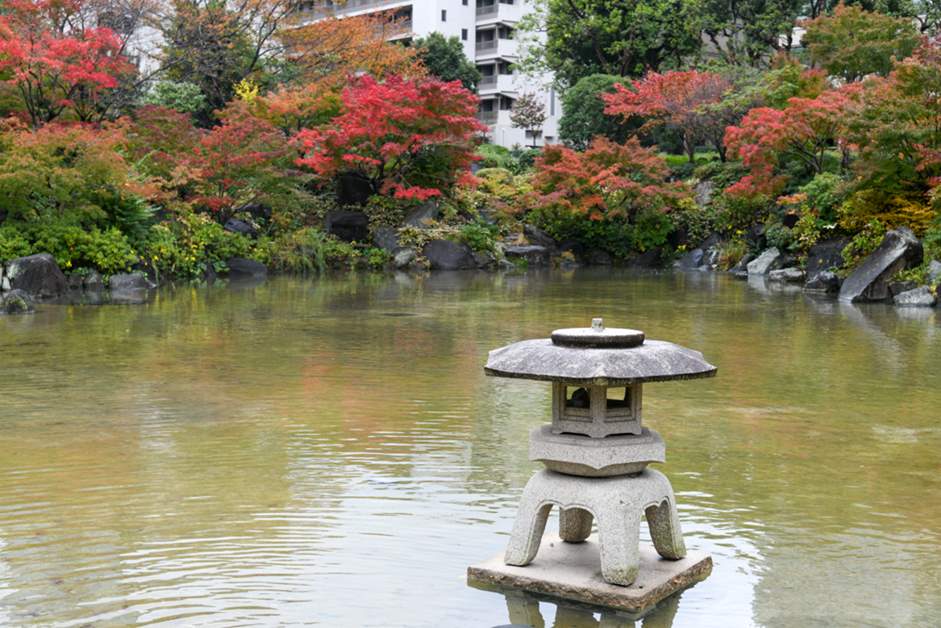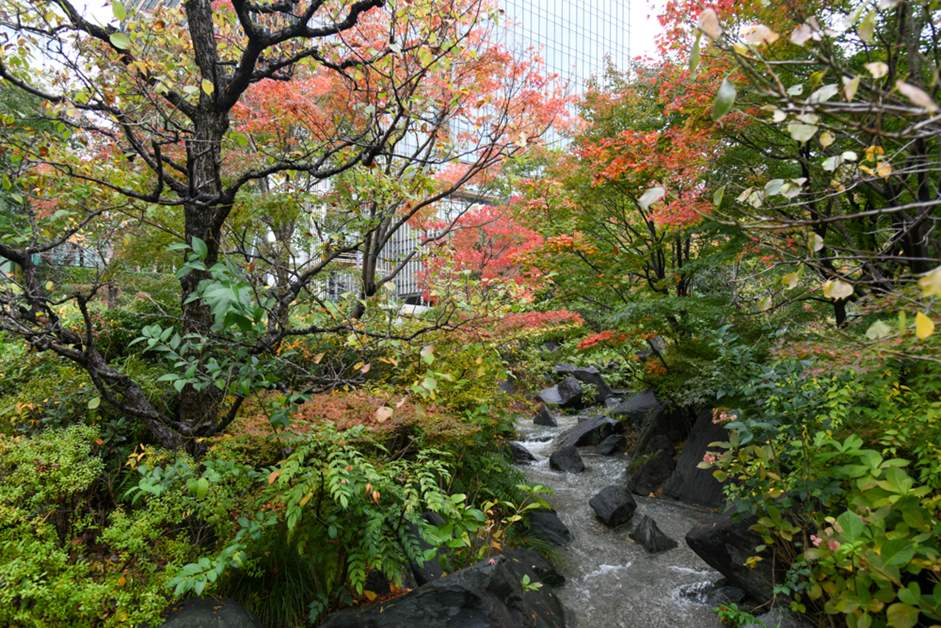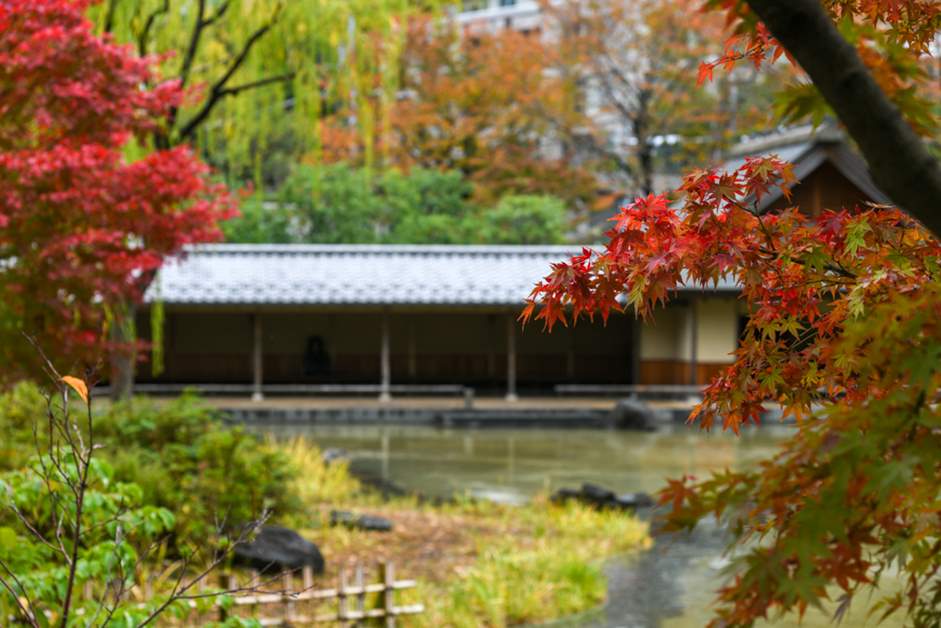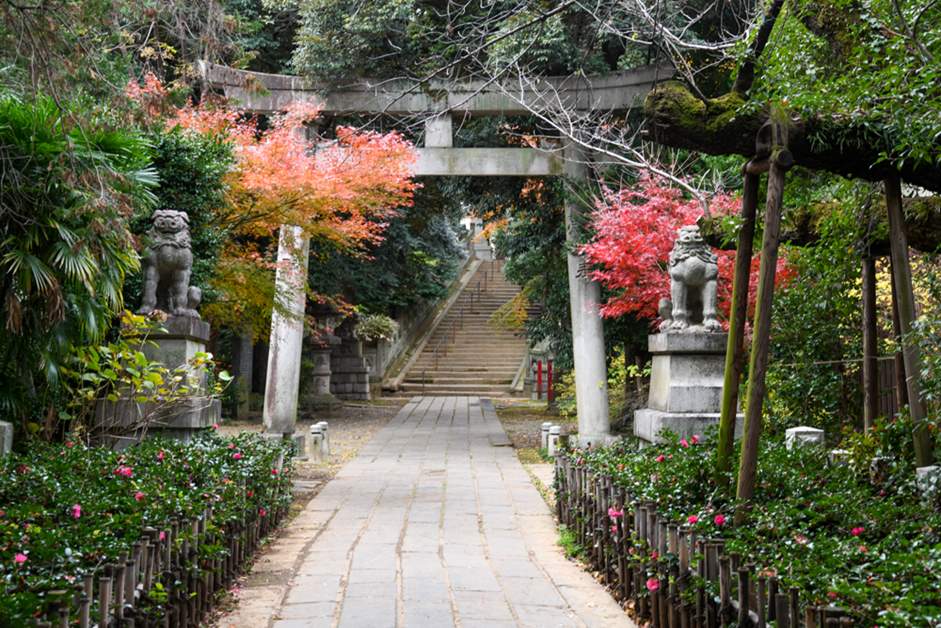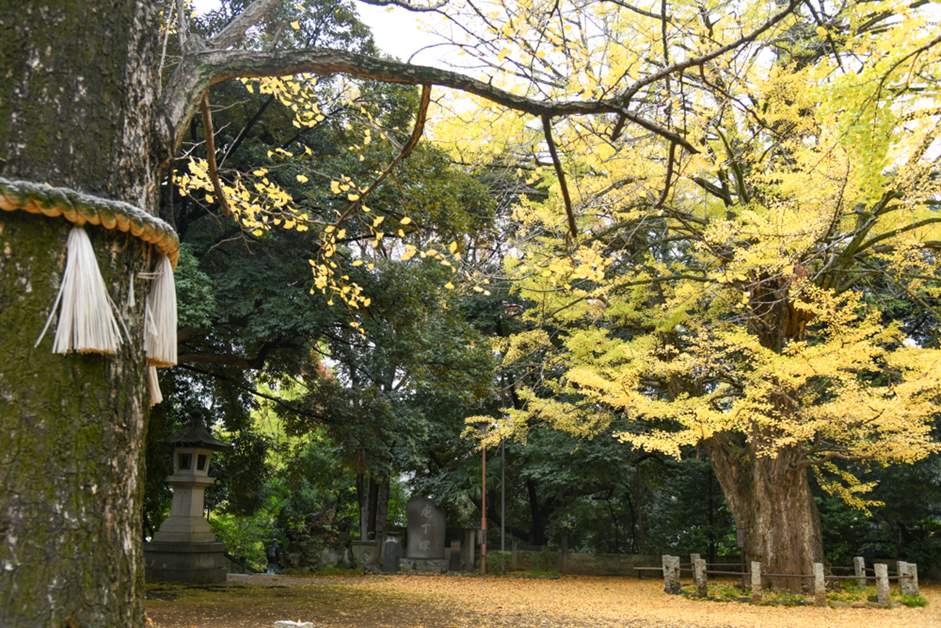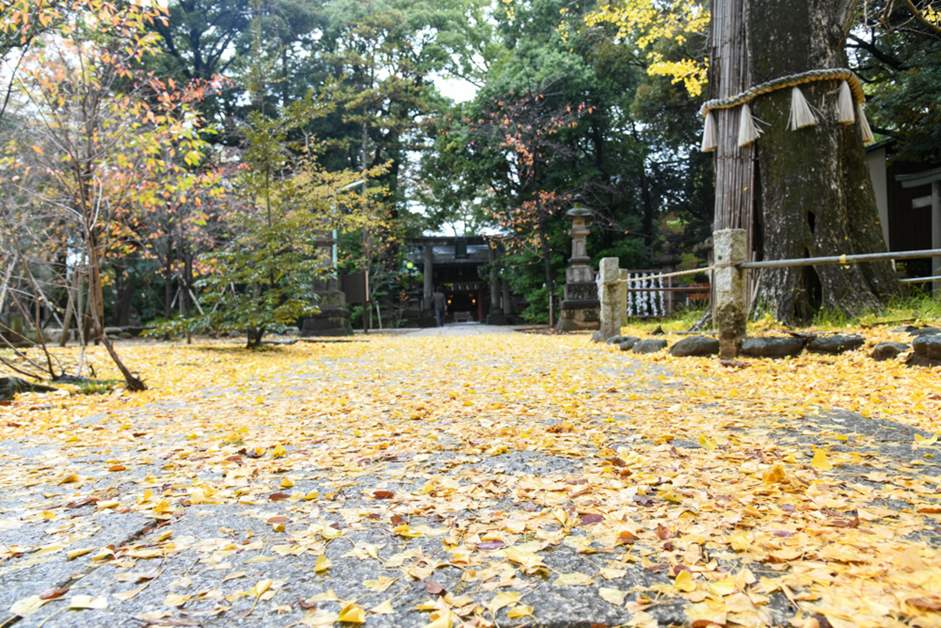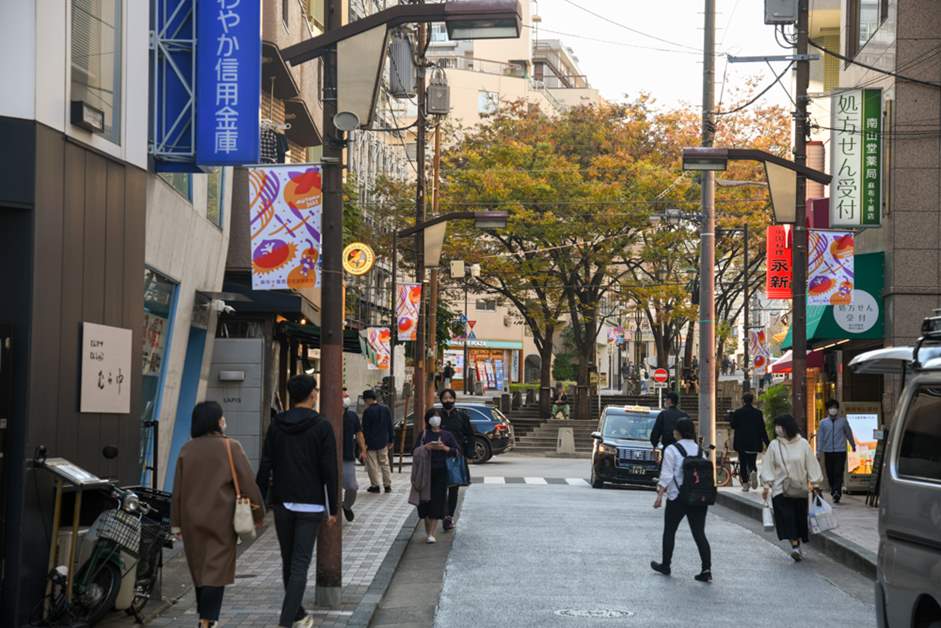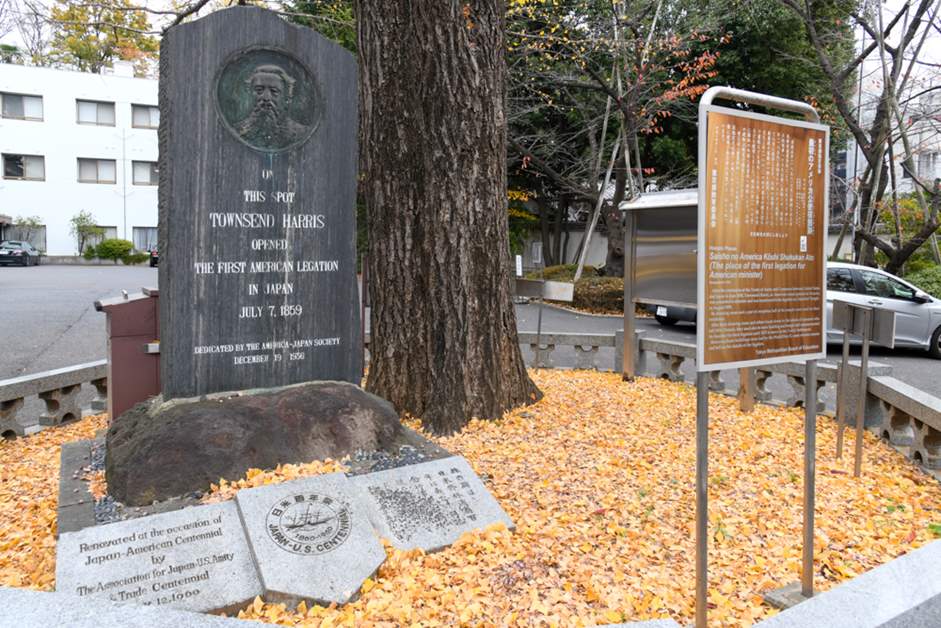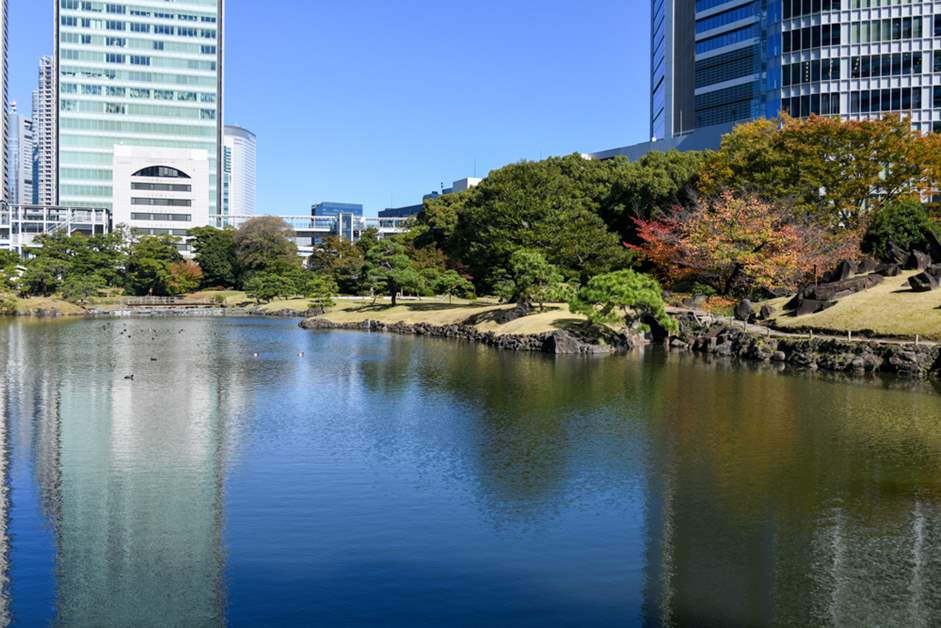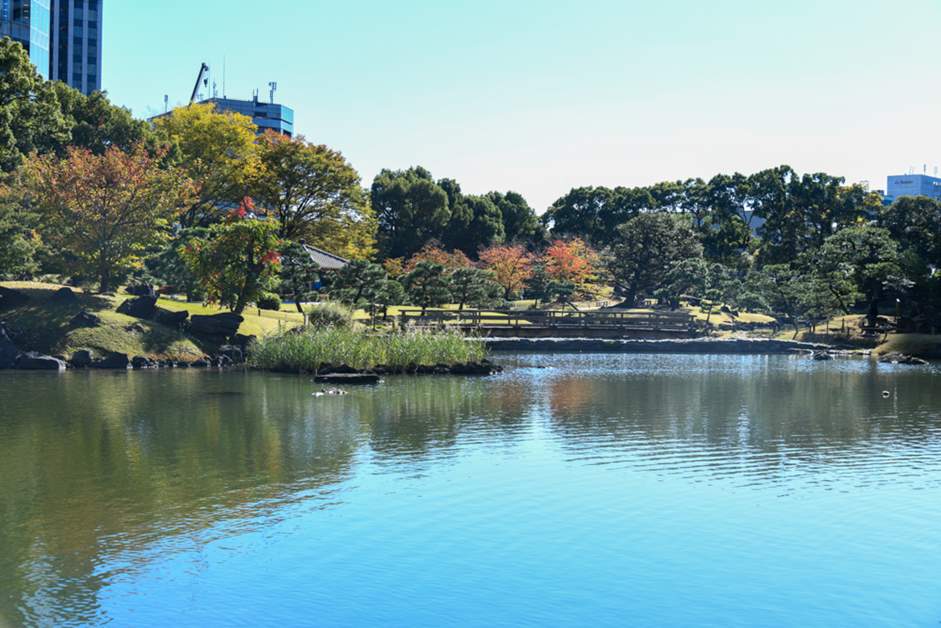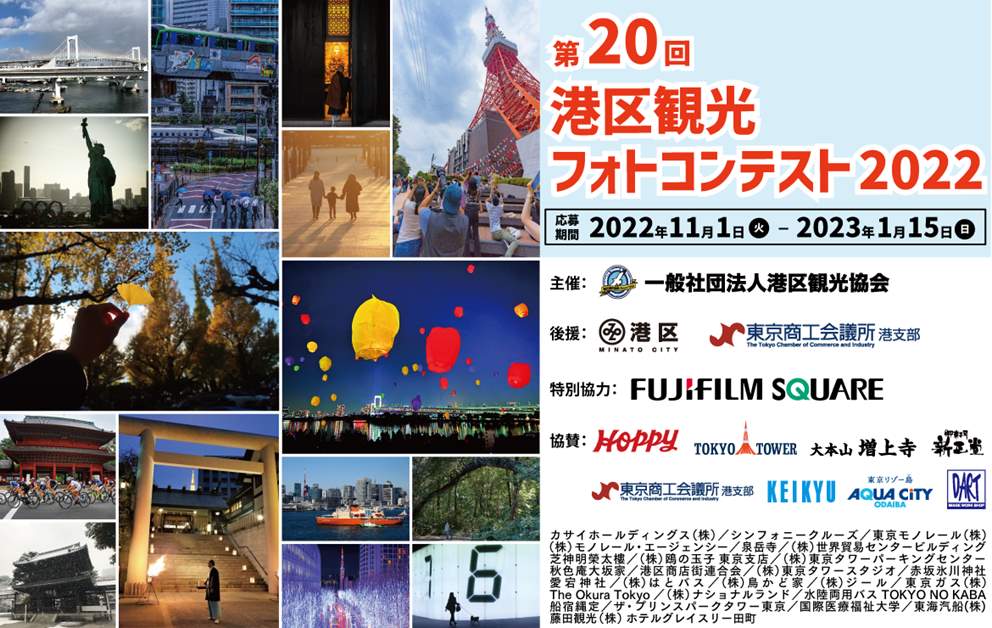There are many other recommended spots in addition to Jingu Gaien Ginkgo Namiki! A walk around the "hole-in-the-wall" places where you can enjoy the autumn leaves in Minato City!
The fall foliage season is in full swing from mid-November to early December in central Tokyo. In Minato City, too, the streets are decorated with autumn-colored trees throughout the ward. The most famous autumn foliage spot in Minato City is the "Jingu Gaien Ginkgo Namiki" in Kita-Aoyama, which is famous for its rows of ginkgo trees. But in fact, there are many other spots where you can enjoy the autumn leaves. Let's take a stroll through some of these "hidden" spots.
For "must-see" autumn foliage spots in Minato Ward, including the Tokyo Metropolitan Teien Art Museum, Arisugawa-no-miya Memorial Park, and Shiba Park, please visit the following website.
https://visit-minato-city.tokyo/ja-jp/articles/243
Translated with www.DeepL.com/Translator (free version)
For "must-see" autumn foliage spots in Minato Ward, including the Tokyo Metropolitan Teien Art Museum, Arisugawa-no-miya Memorial Park, and Shiba Park, please visit the following website.
https://visit-minato-city.tokyo/ja-jp/articles/243
Translated with www.DeepL.com/Translator (free version)
Let's start with the must-sees!
The starting point of the tour is "Jingu Gaien Icho Namiki" (a row of ginkgo trees in Jingu Gaien). Although it is a "hole-in-the-wall" place to see the autumn foliage, you cannot miss it if you come to Minato City to see the autumn foliage. A short walk along Aoyama-dori from the nearest stations, Gaienmae or Aoyama-itchome of Tokyo Metro, will bring you to a straight avenue lined with yellow-colored ginkgo trees on both sides.
The Seitoku Memorial Picture Gallery is located at the end of a 300-meter tree-lined avenue lined with a total of 146 ginkgo trees. The collaboration of classic architecture and autumn leaves creates a spectacular view that is only available during this season. The area is always packed with tourists during the fall foliage season. The area is also illuminated at night from mid-November to early December, when it is at its peak (from November 26 to December 4, 2022, from 4:30 p.m. to around 7:30 p.m.).
Nearby is the Meiji Kinenkan, a spot associated with the imperial family and famous as a wedding venue, where a garden lunch is also recommended.
Nearby is the Meiji Kinenkan, a spot associated with the imperial family and famous as a wedding venue, where a garden lunch is also recommended.
You can find more information about Meiji Kinenkan here!
[Video Article] Visit Meiji Jingu Gaien with sightseeing of the colored leaves of the Icho Namiki trees! Experience a garden lunch at the former Akasaka "Meiji Kinenkan
https://visit-minato-city.tokyo/ja-jp/articles/436
[Video Article] Visit Meiji Jingu Gaien with sightseeing of the colored leaves of the Icho Namiki trees! Experience a garden lunch at the former Akasaka "Meiji Kinenkan
https://visit-minato-city.tokyo/ja-jp/articles/436
Hinokicho Park," a remnant of a famous Edo period garden
Now that you have enjoyed the must-see autumn foliage spots, let's visit some "hole-in-the-wall" spots that you should definitely visit together. First, let's go to a "hole-in-the-wall" spot in Roppongi.
The "hole-in-the-wall" spot in this area is Hinokicho Park. Although located in Akasaka, Hinokicho Park is adjacent to the east side of Tokyo Midtown. The park was built on the site of the former residence of the Mori family of the Choshu domain during the Edo period, and the name "Hinokicho" comes from the name of the residence surrounded by cypress trees, which was called "Hinoki Yashiki.
The "hole-in-the-wall" spot in this area is Hinokicho Park. Although located in Akasaka, Hinokicho Park is adjacent to the east side of Tokyo Midtown. The park was built on the site of the former residence of the Mori family of the Choshu domain during the Edo period, and the name "Hinokicho" comes from the name of the residence surrounded by cypress trees, which was called "Hinoki Yashiki.
The 14-hectare park with a circular garden has retained its Japanese beauty from the days of the famous garden once called "Shimizu-tei," and on the other hand, it is a lawn area where uniquely designed playground equipment can be enjoyed and where children can always be heard laughing and relaxing.
The park, where visitors can enjoy nature in all four seasons, is popular among those in the know for its autumn foliage. The park is planted with maple trees that turn red throughout the park, and the reflection of the autumn leaves on the pond is a particular highlight of the park.
Usually in mid-November, illumination begins in various parts of Roppongi. A one-day course is recommended: enjoy the autumn leaves during the daytime and go sightseeing at the illuminations in the evening.
Praying for autumn foliage and marriage at Akasaka Hikawa Shrine
The next "hole-in-the-wall" autumn foliage spot is Akasaka Hikawa Shrine in Akasaka. Akasaka Hikawa Shrine is a 5-minute walk from Hinokicho Park.
The shrine was founded in 951 during the Heian period (794-1185) and moved to its current location in 1729 under the order of the 8th shogun, Tokugawa Yoshimune, and is one of the ten most prestigious Shinto shrines in Tokyo. The shrine is one of the ten most prestigious shrines in Tokyo. The maple trees along the Hikawa-zaka slope by the first torii (gateway to the shrine) bring a smile to the faces of visitors during this season.
Visitors can also enjoy the view of autumn leaves in the precincts of the temple after climbing the stone steps. In particular, the large ginkgo tree standing in the center of the temple is registered as a natural monument of Minato Ward and is over 400 years old. The circumference of its trunk is approximately 7.5 meters.
The shrine enshrines Susanowo-no-mikoto and Kiinadahime-no-mikoto, the god of married couples, and is also famous as a god of marriage. It is a good place to enjoy the autumn leaves and ask for the fulfillment of your love.
Tokyo's largest ginkgo tree at Zempukuji Temple
Next, let's move on to the Azabu Juban area. The trees in Azabu Juban, centering on Patio Juban where the statue of "Kimi-chan," the model for the children's song "The Girl with the Red Shoes," stands, are also in autumn color this time of year. Among them, we will visit Zempukuji Temple.
Founded in 824, Zempukuji Temple is the second oldest temple in Tokyo after Sensoji Temple. It is also a spot that appears in textbooks as the first U.S. legation to Japan was established there at the end of the Edo period (1603-1868). A monument depicting Townsend Harris, the first U.S. Minister to Japan, stands on the temple grounds.
What we would like to introduce here is a large ginkgo that is registered as a national natural monument. The large ginkgo tree at Akasaka Hikawa Shrine introduced earlier was also amazing, but this one is more than 750 years old and boasts an even longer history. The tree is associated with the legend of Shinran Shonin, the founder of the Jodo Shinshu sect of Buddhism, and it is said that a gingko stick erected by Shonin during his visit to this area in the Kamakura period (1185-1333) has grown to this size.
The giant tree, also called "upside-down ginkgo" because its branches extend downward, is the largest ginkgo tree in Tokyo, with a trunk circumference of 10.4 meters. It was in danger of dying out for a time during the war, but was miraculously restored after the war thanks to the efforts of the citizens. When you see it, you will be overwhelmed by its size, which seems to be looming over you.
Lastly, I would like to introduce the Kyu Shiba Rikyu Gardens, located just a short walk from JR Hamamatsucho Station or Toei Subway Daimon Station.
The area, which used to be a sea until the early Edo period, was reclaimed and a garden was built here by Okubo Tadacho, an old man in the Edo shogunate, in the Sadatei period (mid-1680s). Later, the garden became the property of the Kishu Tokugawa family and the Arisugawa family, and after the Meiji era (1868-1912), management was transferred to the Ministry of the Imperial Household, then to the present Tokyo Metropolitan Government, and has been open to the public since the end of the Taisho era.
The garden, built in the typical "kaiyushiki fountain garden" style of daimyo gardens, is famous for its flowers throughout the four seasons, but the autumn foliage season is also a highlight of the year. At this time of year, cherry blossoms, maple trees, Japanese linden, and waxleaf trees turn their leaves red.
Why not walk around the pond and enjoy the autumn leaves as if you were a feudal lord of Edo?
Why not walk around the pond and enjoy the autumn leaves as if you were a feudal lord of Edo?
This is a tour of some of the "hidden" autumn foliage spots in Minato City. The Minato City Tourism Association is currently accepting entries for the "20th Minato City Tourism Photo Contest 2022. If you find any other great autumn foliage in Minato City, please take a picture of it and enter it in the contest!
The 20th Minato City Sightseeing Photo Contest 2022" is now open for entries.
https://visit-minato-city.tokyo/ja-jp/news/492
https://visit-minato-city.tokyo/ja-jp/news/492




